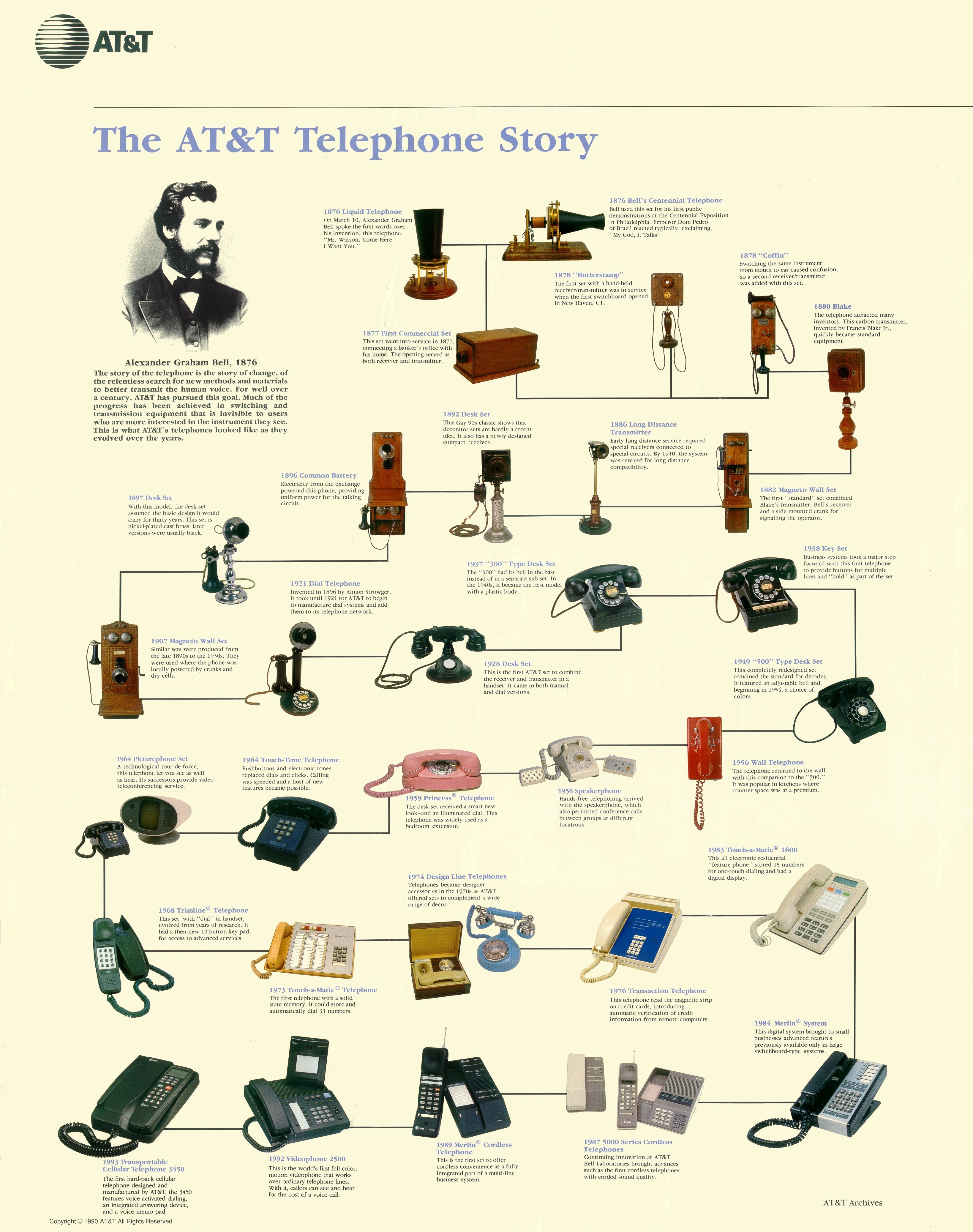
He also describes Christian ideas, such as the sacrificial lamb and the son of God, as mental projections. Alchemy and astrology, for Jung, are both projections of the human mind onto external matter. When alchemists write of gold and dwarves in flasks, argues Jung, they are employing a culturally contingent set of symbols to articulate their own unconscious intuitions.

On the contrary, he describes the vast treatises written by Medieval and Renaissance religious alchemists as “projections.” Jung does not seek to convince his reader that mystical and religious claims are true. His viewpoint is consistently skeptical and scientific.

Yet Jung is neither a theologian, nor a mystic. Due to the difficult and often paradoxical nature of religious symbols, Jung has come to be seen as a difficult and paradoxical figure – the man has mirrored his material. This focus on the psychological role of religion has often led Jung to be classified with mystics and priests rather than with other psychologists. While Jung’s teacher, Sigmund Freud, dismissed religious ideas as the expression of an infantile “oceanic feeling,” Jung chose to make the mercurial and undefined world of religious symbolism and mystical thought the central focus of his psychological investigations, particularly in later life. Carl Jung is one of the most misunderstood thinkers of the twentieth century.


 0 kommentar(er)
0 kommentar(er)
